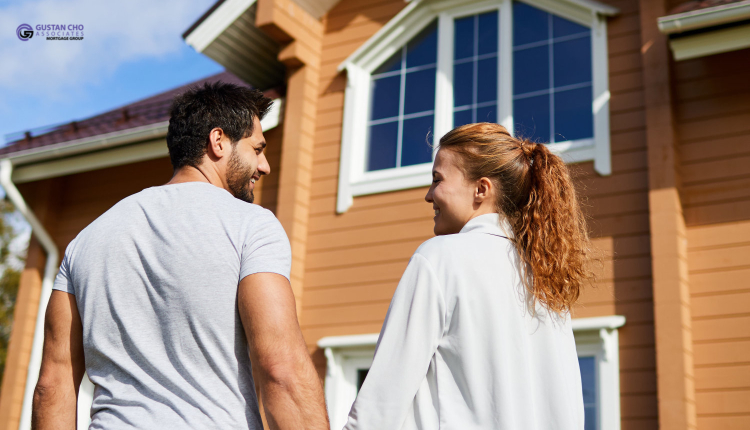-
What Are Primary Homes
Primary owner-occupant homes, also known simply as owner-occupied homes or primary residences, refer to residential properties that are primarily occupied by the owner of the property as their primary place of residence. These are homes where the owner lives and resides, as opposed to properties that are primarily used for rental or investment purposes.
Key characteristics of primary owner-occupant homes include:
-
Residence of the Owner: The owner of the property lives in the home as their primary place of residence. It’s where they reside on a day-to-day basis.
-
Personal Use: The property is used for personal and family purposes rather than being rented out to generate rental income.
-
Potential Tax Benefits: In many countries, primary owner-occupant homes may qualify for certain tax benefits or exemptions, such as property tax reductions or capital gains tax exclusions when selling the property.
-
Mortgage Considerations: When financing the purchase of a primary residence with a mortgage, there may be different lending terms, interest rates, and down payment requirements compared to investment properties.
-
Homeowner’s Insurance: Homeowner’s insurance policies are typically used to protect primary owner-occupant homes and their contents.
-
Homestead Exemption: Some jurisdictions offer homestead exemptions, which can provide property tax relief or protection from creditors for primary residences.
It’s important to distinguish primary owner-occupant homes from investment properties, vacation homes, or rental properties. These other types of properties are typically acquired with the primary goal of generating rental income or capital appreciation, whereas primary owner-occupant homes are meant for the owner’s personal use and enjoyment.
-

